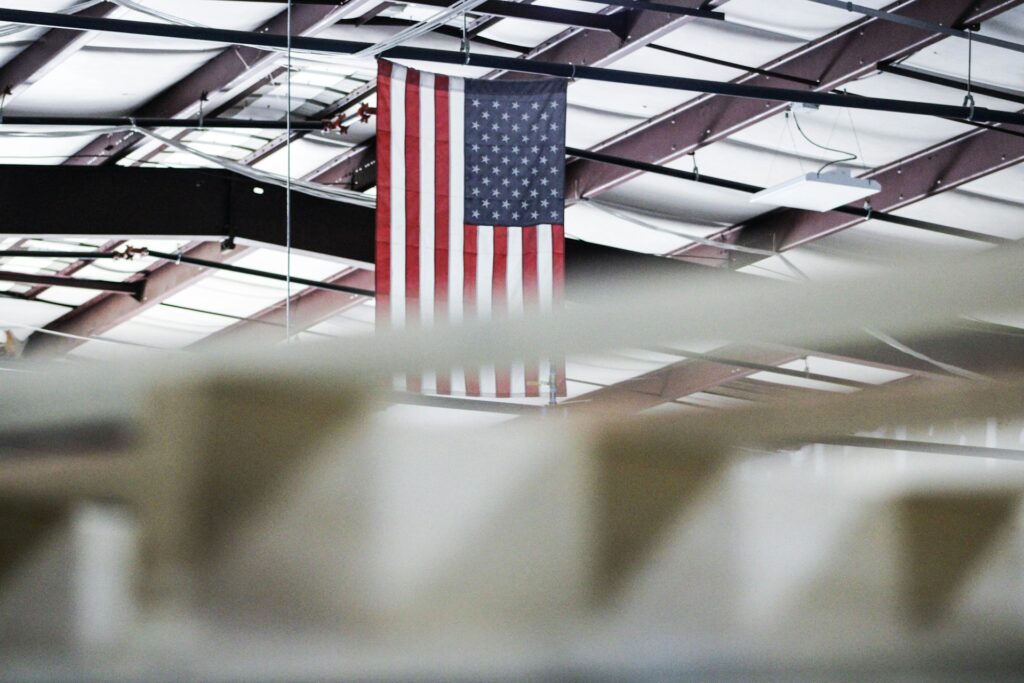President Donald Trump is seeking to raise investment attraction in the United States through, in part, the pressure of his tariff policy.
Trump wants to strengthen the production of certain strategic industries, such as the automotive and semiconductor industries, and has insisted that companies move their production plants to the United States if they want to avoid paying tariffs and sell to the U.S. market.
In this policy, as a scenario, it may happen that Trump raises tariffs to such an extent that he effectively attracts investments to the United States and then lowers the tariffs when the production plants of his interest are already installed in the United States.
Investment attraction in the United States
Under this premise, companies relocating to the U.S. may gain as long as high tariffs are in place in the U.S., but they may also lose if they are lowered and their production costs are higher in the U.S. compared to other options.
Below are two examples of the current U.S. pressure.
Boomerang
On July 6, Treasury Secretary Scott Bessent reported on CNN that the Trump administration will send letters to 100 countries. The message is blunt: if there is no progress, the previous tariffs will be reinstated.
The new tariffs go into effect on August 1. After that date, non-cooperative countries will revert to the tariff levels in place as of April 2.
Bessent left no room for doubt. He described the ultimatum as something that will come back with a vengeance, “like a boomerang.”
Spiral
Trump issued a new trade warning. In a letter sent last Saturday to Mexican President Claudia Sheinbaum, he threatened to impose a 30% tariff on imports from Mexico.
The argument: lack of cooperation in the face of the fentanyl consumption crisis in the United States. He also cited the persistent trade deficit with its southern neighbor.
Trump wrote to Sheinbaum: “If for some reason you decide to raise your tariffs, then whatever number you choose to raise them by, it will be added to the 30% we charge.”
The International Monetary Fund, UNCTAD and the WTO issued a joint warning. Rising trade tensions and political uncertainty could dampen global economic growth. In addition, direct impacts on foreign direct investment (FDI) flows are anticipated.
Competitiveness
Faced with this scenario, companies are already adjusting their strategies. They are seeking to adapt to an increasingly volatile and complex environment.
In this context, FDI plays a dual role. On the one hand, it allows U.S. firms to expand abroad and attract capital to their territory. On the other hand, it raises concerns.
Some actors highlight its benefits: increased employment, innovation and productive capacity. Others, however, warn of risks. The offshoring of jobs and links with China in strategic sectors could compromise U.S. competitiveness and national security.

